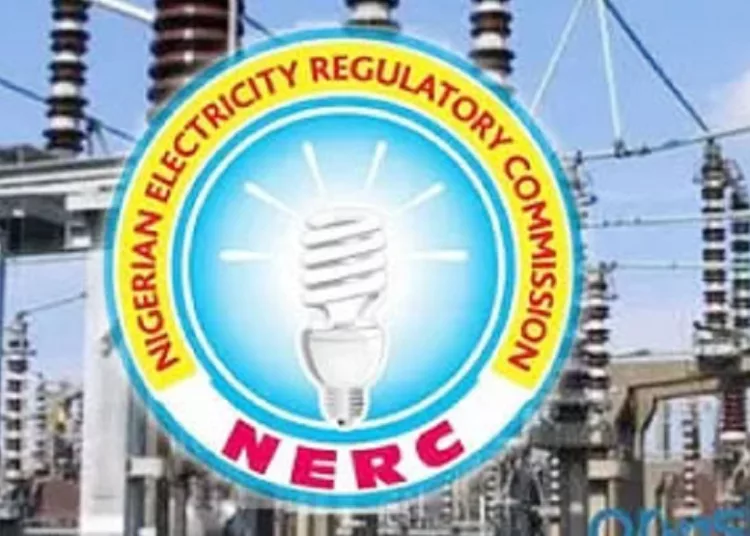The Nigerian Electricity Regulatory Commission (NERC) reported a six per cent increase in power generation for September 2025.
However, the electricity generation sector continued to struggle in September 2025, operating below its true capacity, according to the latest data released by the Nigerian Electricity Regulatory Commission (NERC).
Out of the total installed capacity of 13,625 megawatts (MW) from grid-connected power plants, only 38 per cent, equivalent to about 5,200 MW, was available for dispatch to the national grid during the month.
While this represents a slight six per cent improvement over August 2025, it remains significantly below the generation potential needed to meet the country’s electricity demand.
NERC’s Operational Performance Factsheet attributed this persistent underperformance to low Plant
Availability Factors (PAF), which indicate that many power stations could not operate at full capacity. Factors such as ongoing maintenance issues, gas supply shortages, and constraints within the transmission network continued to hamper effective power generation. Despite these operational challenges, the utilisation rate of the available capacity remained relatively strong at 78 per cent, suggesting that most of the available power was actively dispatched to meet demand.
The report further underscored ongoing grid instability issues as a substantial barrier to reliable electricity supply.
Grid frequency fluctuated irregularly between 49.26 and 50.84 hertz (Hz), falling outside the regulatory stability range of 49.75 Hz to 50.25 Hz for much of the month. Similarly, grid voltage levels averaged 304.63 and 347.80 kilovolts (kV), frequently deviating beyond the recommended voltage band of 313.50 kV to 346.50 kV. According to NERC, the grid managed to maintain stable frequency only 48 per cent of the time in September, highlighting the transmission network’s fragile condition and its inability to consistently support the voltage and frequency levels essential for dependable power delivery.
The top ten power stations generated the bulk of the country’s electricity in September, which collectively accounted for 81 per cent of the total output.
Zungeru Hydro Power Plant achieved a 100 per cent availability factor, generating 355 megawatt-hours per hour (MWh/h) at a 51 per cent load factor. Egbin Thermal Power Plant, Nigeria’s largest thermal facility, recorded 5,464 MWh/h generation with an impressive 90 per cent load factor, despite running at just 46 per cent of its installed capacity. Hydropower plants at Kainji and Jebba also demonstrated robust performance with load factors of 91 per cent and 73 per cent, respectively.
However, the performance gap was stark for several other grid-connected plants, including Alaoji, Rivers, Ibom Power, and Omoku, which reported zero generation output throughout the month. This underscores continuing inefficiencies and uneven power supply distribution across regions within Nigeria’s national grid.





